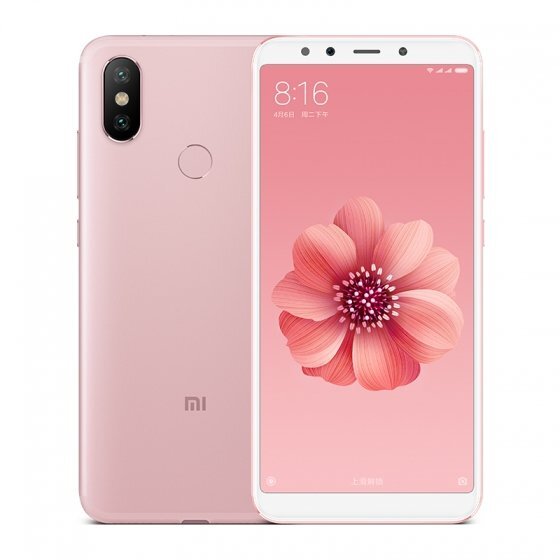Digitimes reports that smartphone sales in Taiwan dropped down to 451,000 units in June 2018, from 520,000 in May and 490,000 in April. Citing data from PChome24h, the publication also revealed that, in spite of the sluggishness of the local market, Xiaomi’s sales in Taiwan grew 150% in the second quarter of 2018. The company has launched three new smartphones in the country, including the Mi 8, as well as the Redmi 6 and Mi A2.
The Xiaomi Redmi 6.
The Redmi 6 features a 5.45″ LCD screen with a 720 × 1440 resolution and 295 pixels per inch in an 18:9 aspect ratio. It runs Android 8.1, powered by a Mediatek MT6762 Helio P22 chipset, up to 4GB RAM and up to 64GB internal storage, with a micro SD slot allowing for additional storage of up to 256GB. It also features a 12+5MP dual-lens primary camera and a 5MP internal camera, both capable of capturing video at 1080p30, plus a rear-mounted fingerprint sensor.
 The Xiaomi Mi A2, a.k.a. the Mi 6X.
The Xiaomi Mi A2, a.k.a. the Mi 6X.
Meanwhile, the Mi A2 (known as the Mi 6X in China) includes a 6″ LCD screen with a resolution of 1080 × 2160 pixels and 403 pixels per inch in an 18:9 aspect ratio. It also runs Android 8.1, but packs a Snapdragon 660 chipset and features up to 6GB RAM and up to 128GB internal storage, but doesn’t have a micro SD card slot. Its 12+20MP dual-lens primary camera can shoot video in 2160p30, 1080p30 or 720p120, while the 20MP internal camera sticks to 1080p30. Again, the Mi A2 features a rear-mounted fingerprint sensor.
The Mi 8 retails in Taiwan from NT$13,999 (about $460), while the Redmi 6 is priced from NT$3,999 (about $130) and the Mi A2 starts at NT$7,599 (about $250).

